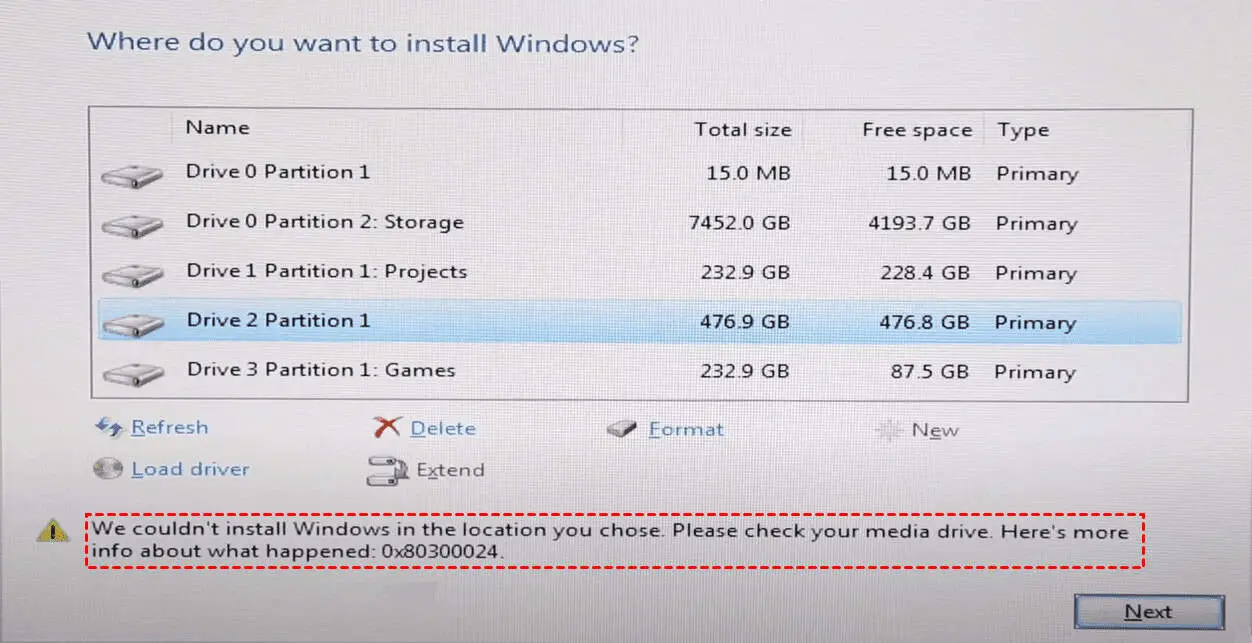When a person desires to scan and clean up the computer files, Microsoft Quick Scan only scans the files. However, it doesn’t remove them.
If a person desires to fully remove the corrupted or deleted data, the recommended scan is the Microsoft Full Scan. Microsoft Quick Scan and Full Scan may seem bewildering and similar, but they are different too.
Key Takeaways
- Quick Scan checks critical areas of the system prone to malware and runs faster than Full Scan.
- Full Scan thoroughly examines the entire system, including all files and folders.
- Users should perform a Quick Scan regularly and a Full Scan periodically to ensure comprehensive protection.
Microsoft Quick Scan vs Full Scan
Microsoft Quick Scan is a fast scan option that checks your systems most vulnerable and commonly infected areas, including running processes and startup folders. Microsoft Full Scan is a comprehensive scan option that examines every file and folder on your computer’s hard drive.

Microsoft Quick Scan is a program that helps you search for and repair problems with your Windows computer. Moreover, this program has all the basic features to scan your hard drive.
In addition to being able to search for files by name or content, Microsoft Quick Scan also offers the ability to locate duplicate images of a document.
Microsoft Full Scan is a powerful tool that was first introduced with Windows Vista. This program searches computer registries, files, folders, and drives for anything that may be broken.
If it finds anything, it will fix it. The Microsoft Full Scan can be run anytime, even if the computer is already running.
Comparison Table
| Parameters of Comparison | Microsoft Quick Scan | Microsoft Full Scan |
|---|---|---|
| Definition | Microsoft Quick Scan is an app for scanning documents that will let you search across all of your files without having to manually search each one. | Microsoft Full Scan is a software utility run to scan for malware on an entire computer. |
| Malware Removal | Microsoft Quick Scan only scans the files but doesn’t remove any corrupted or deleted data. | Microsoft Full Scan scans the files and fully removes the corrupted or deleted data. |
| Run Time | The Microsoft Quick Scan cannot be run anytime even the computer is already running. | The Microsoft Full Scan can be run anytime even the computer is already running. |
| Storage | The Microsoft Quick Scan program is lightweight and does not require much space for storage or memory. | The Microsoft Full Scan program is not lightweight and requires much space for storage or memory. |
| Speed | The Microsoft Quick Scan has a high time processing speed. | The Microsoft Full Scan has a low time processing speed. |
What is Microsoft Quick Scan?
Microsoft Quick Scan is an app for scanning documents that will let anyone search across all the files without having to search each one manually.
It doesn’t have a database of documents, but it has its limits. The Microsoft Full Scan will also allow this feature, well-known as a malicious software removal tool.
Microsoft Quick Scan can be downloaded from the Microsoft Store. The program is lightweight and does not require much space for storage or memory.
In addition to being able to search for files by name or content, Microsoft Quick Scan also offers the ability to locate duplicate images of a document.
Microsoft Quick Scan only scans the files and doesn’t remove them. However, this is a quick way to search for deleted or corrupted files automatically.
After its installation, users can begin scanning documents and storing them in the company’s OneDrive cloud storage service. The app will scan and recognize modern-day document formats, including Portable Document Format.
The Microsoft Quick Scan allows users to turn their smartphone or tablet’s camera into a scanner and use it to scan documents, both text and image-based, quickly, moreover, it also makes it easier to locate a particular image of a document, where anyone can now toggle the results from showing one item at a time to showing all of them at once.
What is Microsoft Full Scan?
Microsoft Full Scan is a software utility run to scan for malware on an entire computer. It does this by detecting and removing anything that it finds in your operating system, including rootkits, spyware, viruses, Trojans, worms, and other malicious software. To run Microsoft Full Scan, follow these steps:
- Go to the Windows Start Menu and click on all programs.
- Scroll down the list and click on Microsoft Safety Scanner.
- To do this, right-click on Computer in your Start menu and click Properties.
- Click on the System section and click on the Advanced System settings link
- Under the Startup and Recovery section, click on Settings.
- Now click the Safe Boot options link under the Boot tab, then un-check Safe Boot and click Apply and ok.
- Click Start Full Scan now to run the full scan now.
Microsoft Full Scan is a powerful tool that was first introduced with Windows Vista. This program searches the computer registry, files, folders, and drives for anything that may be broken.
If it finds anything, Microsoft will fix it. This process works in the background so that a person can continue to use their computer as normal during this process.
Main Differences Between Microsoft Quick Scan and Full Scan
- Microsoft Quick Scan is an app for scanning documents that will let you search across all of your files without having to manually search each one, whereas Microsoft Full Scan is a software utility run to scan for malware on an entire computer.
- Microsoft Quick Scan only scans the files but doesn’t remove any corrupted or deleted data, whereas Microsoft Full Scan scans the files and fully removes the corrupted or deleted data.
- The Microsoft Quick Scan cannot be run anytime, even if the computer is already running, whereas the Microsoft Full Scan can be run anytime, even if the computer is already running.
- The Microsoft Quick Scan program is lightweight and does not require much storage or memory, whereas the Microsoft Full Scan program is not lightweight and requires much storage or memory.
- The Microsoft Quick Scan has a high time processing speed, whereas the Microsoft Full Scan has a low time processing speed.




